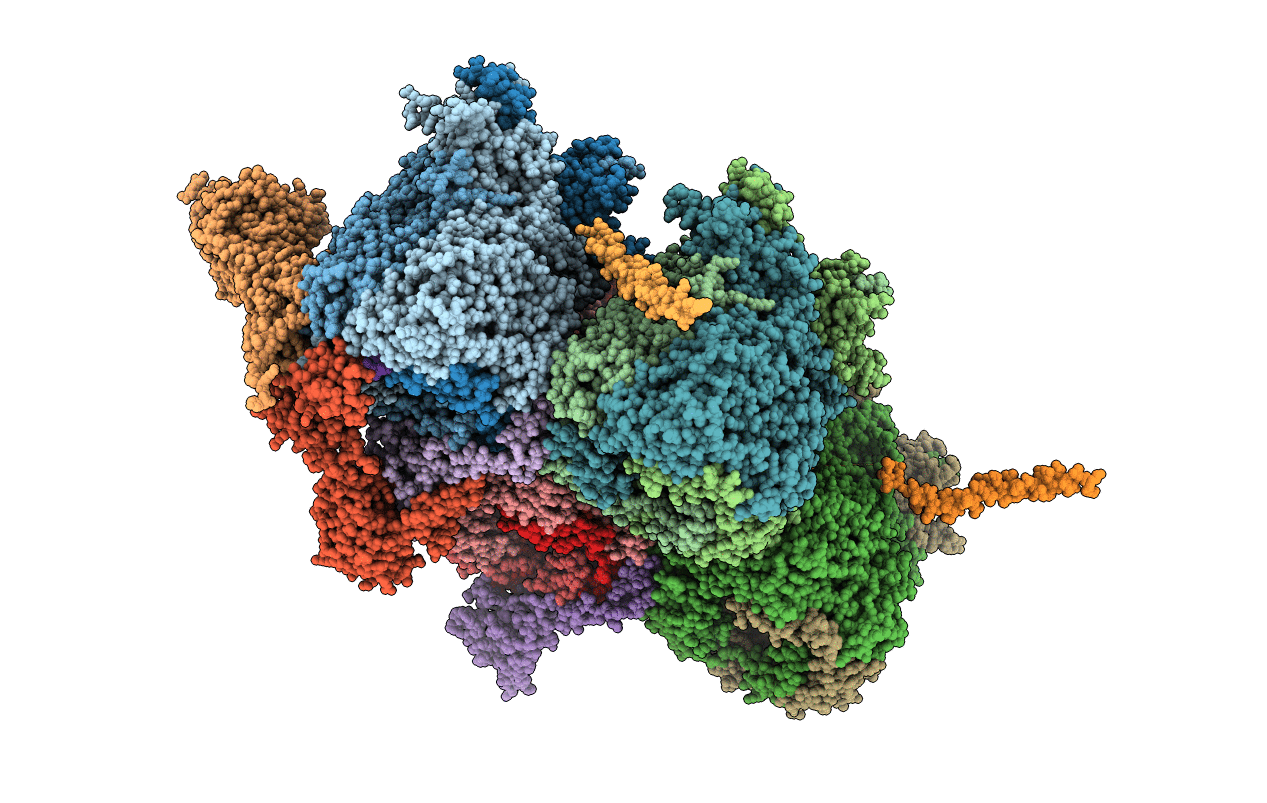
Deposition Date
2018-02-21
Release Date
2018-04-25
Last Version Date
2024-10-30
Entry Detail
Biological Source:
Source Organism:
Human adenovirus C serotype 5 (Taxon ID: 28285)
Host Organism:
Method Details:
Experimental Method:
Resolution:
3.80 Å
R-Value Free:
0.42
R-Value Work:
0.42
Space Group:
P 1


